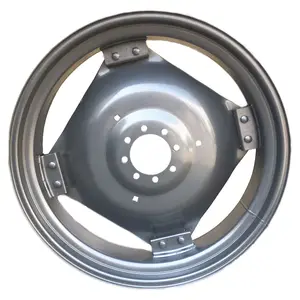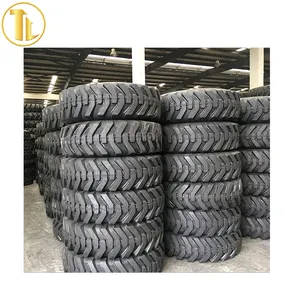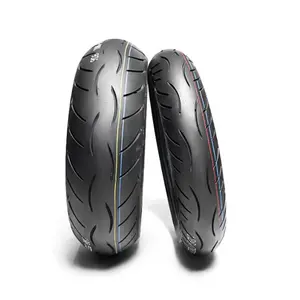Exploring the Dynamics of Tubeless Radial Tires
The evolution of tire technology has led to the widespread adoption of tubeless radial tires, a pivotal innovation in vehicular mobility. Unlike traditional tires that required a separate inner tube, tubeless tires integrate the tube within the tire itself, enhancing performance and safety. This category encompasses a broad spectrum of tire designs tailored to various vehicles, offering a seamless blend of durability and efficiency.
Construction and Design
The architecture of a radial tubeless tyre is characterized by its unique construction where the cord plies are arranged at a 90-degree angle to the direction of travel. This design significantly reduces rolling resistance and heat buildup, contributing to better fuel economy and longevity. The absence of a tube also means fewer punctures, as the design inherently seals itself against small breaches, a feature that has been refined by manufacturers like Michelin radial tubeless and Continental radial tubeless tires.
Applications and Variations
Tubeless radial tires are not a one-size-fits-all solution; they come in various specifications to meet diverse demands. For instance, the 140 70r17m c 66h radial tubeless is a common size for motorcycles, offering a balance between agility and stability. Light trucks might employ sizes like 185 r14 lt 8pr radial tubeless, designed to handle heavier loads with reinforced sidewalls, often referred to as extra load radial tubeless tires.
Performance Features
The performance of radial tubeless tires is a culmination of several factors. The radial construction allows for a more flexible sidewall, providing improved comfort and handling. The Michelin Radial X tubeless tires, for example, are known for their exceptional road contact, which translates to better grip and braking performance. Similarly, Goodyear radial tubeless tires are recognized for their robustness in various weather conditions.
Understanding the Advantages
The advantages of tubeless radial tires are manifold. The self-sealing nature of these tires, a feature prominently seen in Hankook radial tubeless models, reduces the likelihood of sudden deflation, thereby enhancing safety. Moreover, the radial tubeless meaning in the context of performance signifies a tire that can maintain its shape and provide consistent performance over time, a trait that is highly valued in the tire industry.
Environmental and Economic Considerations
Finally, the environmental and economic implications of choosing radial tubeless tyres cannot be overstated. The reduced rolling resistance not only conserves fuel but also minimizes emissions, aligning with global sustainability goals. While the initial investment in a set of Continental extra load radial tubeless or Bridgestone tubeless radial tires may seem significant, the long-term savings in fuel and reduced need for replacements can be economically beneficial.









































 浙公网安备 33010002000092号
浙公网安备 33010002000092号 浙B2-20120091-4
浙B2-20120091-4